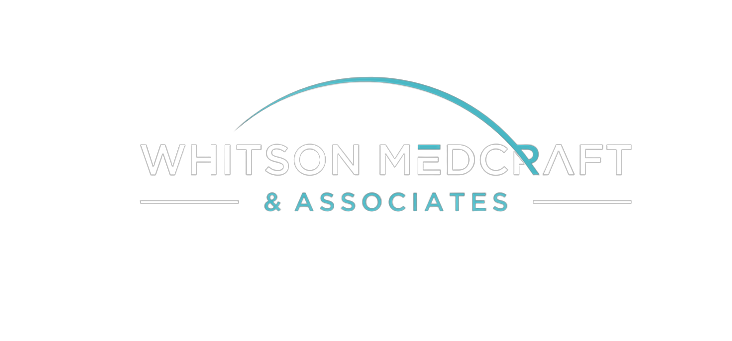COVID-19 Disaster Payment (Australia Wide)
COVID-19 Disaster Payment
If a state public health order for COVID-19 adversely affects you, Services Australia provides a support payment.
You are eligible if:
you can’t attend work and have lost income because of COVID-19 restrictions
you can't access appropriate paid leave entitlements from your employer
you’re not receiving an income support payment, a state or territory pandemic payment, Pandemic Leave Disaster Payment or state small business payment for the same period.
The payment is:
$750 each week if you have lost 20 hours or more of work a week, or
$450 each week if you have lost between 8 and 20 hours of work.
Once a state or territory reaches 70 per cent full vaccination, the automatic renewal will end, and individuals will have to reapply each week that a Commonwealth Hotspot remains in place. For NSW, this is 11 October, for Victoria it’s 21 October and for the ACT it was 1 October.
Where a Commonwealth Hotspot remains in place and a state or territory reaches 80 per cent full vaccination, the payment will be reduced to:
Week one after reaching 80 per cent fully vaccinated - a flat payment of $450 for those who have lost more than eight hours of work, while those on income support will receive $100.
Week two after reaching 80 per cent fully vaccinated - a flat payment of $320 for those who have lost more than eight hours of work, while the payment will end for those on income support.
Week three after reaching 80 per cent fully vaccinated – the payment stops.
NSW reached the 80 per cent fully vaccinated target on18 October, Victoria will reach it around 5 November and ACT reached it on 19 October.
This payment will not be subject to income tax.
Find out more and apply
Victoria Specific
Business Cost Assistance Payment [updated]
Further business support was announced by the Victorian Government on 28 July 2021, 6 August 2021, 12 August 2021, 19 August 2021, 22 August 2021, 4 September 2021, 8 September 2021 and 30 September 2021.
Businesses that successfully applied for the Business Costs Assistance Program Round Two (from the May/June 2021 lockdown) will automatically receive a top-up payment of $2800 per week of lockdown until 2 September. From 2 September to 29 October, eligible businesses across Victoria will automatically receive the equivalent of:
$2800 a week for businesses with an annual payroll below $650,000
$5600 a week for businesses with an annual payroll of $650,000 to $3 million
$8400 for businesses with an annual payroll of $3 million to $10 million.
Businesses in a smaller range of industries that remain closed or heavily restricted after 29 October remain eligible for these payments until 13 November. The exception being non-employing business – they will be eligible for $1000 per week payment instead of $2800.
Businesses that are eligible for this program will also receive an additional:
$5000 if they remain impacted by capacity limits from 28 July, including gyms, cafes, restaurants and hairdressers
$2000 if they are in the Melbourne CBD.
Construction businesses with a worksite located in metropolitan Melbourne, Greater Geelong, Surf Coast and Mitchell Shire will be entitled to a one-off payment of:
$2000 for non-employing sole traders
$2800 for businesses with an annual payroll of up to $650,000
$5600 for an annual payroll of $650,000 to $3 million
$8400 for an annual payroll of $3 million to $10 million.
Find out more. Applications close 9 November 2021.
Licensed Hospitality Venue Fund 2021
Businesses that successfully applied for the Licensed Hospitality Venue Fund 2021 (from the May/June 2021 lockdown) will automatically receive payments until 29 October of:
$5000 per week for venues with capacity of up to 99 patrons
$10,000 per week for venues with capacity of 100 to 499 patrons
$20,000 per week with capacity of 500+ patrons.
Eligible venues in the Melbourne CBD will receive an additional $2000.
The Impacted Public Events Support Program Round Two will provide organisers and suppliers of cancelled large-scale public events between 24 June 2021 and 23 September 2021 grants of $10,000 for suppliers and $25,000 for organisers. Applications close 26 October.
Commercial tenancy relief scheme
Commercial landlords in Victoria are required to provide rent relief that matches their tenants' fall in turnover where the tenant has:
an annual turnover under $50 million, and
experienced a decline in turnover (defined as GST turnover) of at least 30 per cent for three consecutive months between 1 April and 30 September 2021, compared to the same period in 2019 (or an agreed alternative).
At least half of the decline must be waived, with the remainder deferred. One form of evidence a tenant can provide their landlord to show a fall in turnover is a statement prepared by an accountant.
The Commercial Tenancy Relief Scheme applies from 28 July 2021 to 15 January 2022. Rent relief is now only available from the date of application.
Tenants and landlords are encouraged to enter negotiations directly. The Victorian Small Business Commission (VSBC) will be available to provide mediation if parties cannot reach satisfactory agreement. Landlords will not be able to lock out or evict tenants without a determination from the VSBC.
Find out more
If you are asked to prepare a statement under this scheme, we recommend you use the attached template and disclaimer. This template has been developed from APES 315 Compilation of Financial Information. There is no requirement for accountants to complete a statutory declaration in addition to such a statement. If you complete a statutory declaration, it may reduce the legal protections the letter template may give you.
Accountants letter template for the Victorian Commercial Tenancy Relief Scheme
DOCX · 17.4 KB
This template has been developed from APES 315 Compilation of Financial Information.
Sincerely,
Andrew Whitson
Founder
andrew@whitson.com.au
https://www.whitson.com.au


